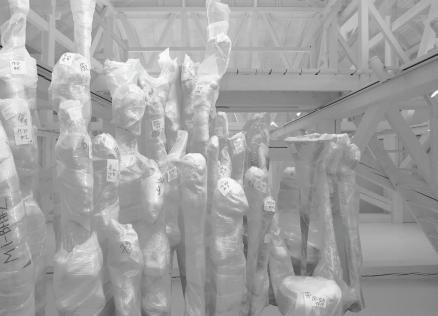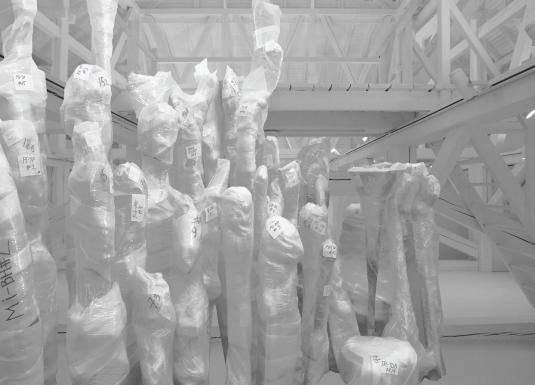Tchitcheri Figures. Moba ethnic group, Togo
The Moba ethnic group lives in northeastern Ghana and northwestern Togo and is a patrilineal society in which individuals are grouped based on a common ancestor traced through the male line. The Moba have a significant focus on their original family ancestors. They create tchitcheri figures to be closer to their ancestors, to represent them and to place as a shrine offering. Moba figures are central ritual objects utilised by the Moba people in individual, household, and community settings.
Tchitcheri are made in the likeness of the human form but are abstract. Typically, figures have short legs in comparison to the rest of the body, limited facial features, lack of detailed hands and feet, and gender is only rarely indicated. Each different form of the figure serves a different purpose and represents a different ancestor. There are three different types: small, medium, and large. The small figures (7-10 cm), called Yundu tchitcheri, are used in personal shrines. They are created for protection from God, and do not represent a specific person or ancestor. Individuals use these tchitcheri to give them a direct link with God. The medium-sized figures (25-90 cm) are called bawoong tchitcheri. These figures are used in household shrines to ensure good health, the prosperity of domestic animals, and a successful harvest for the household. These carvings represent ancestors, specifically recently departed family members. The third type of figure is the largest size, called tchitcheri sakab. These Moba figures are erected into the ground as deep as the waist level of the figure. These figures represent more ancient ancestors. Today, such figures are rare and only a few can be found.

